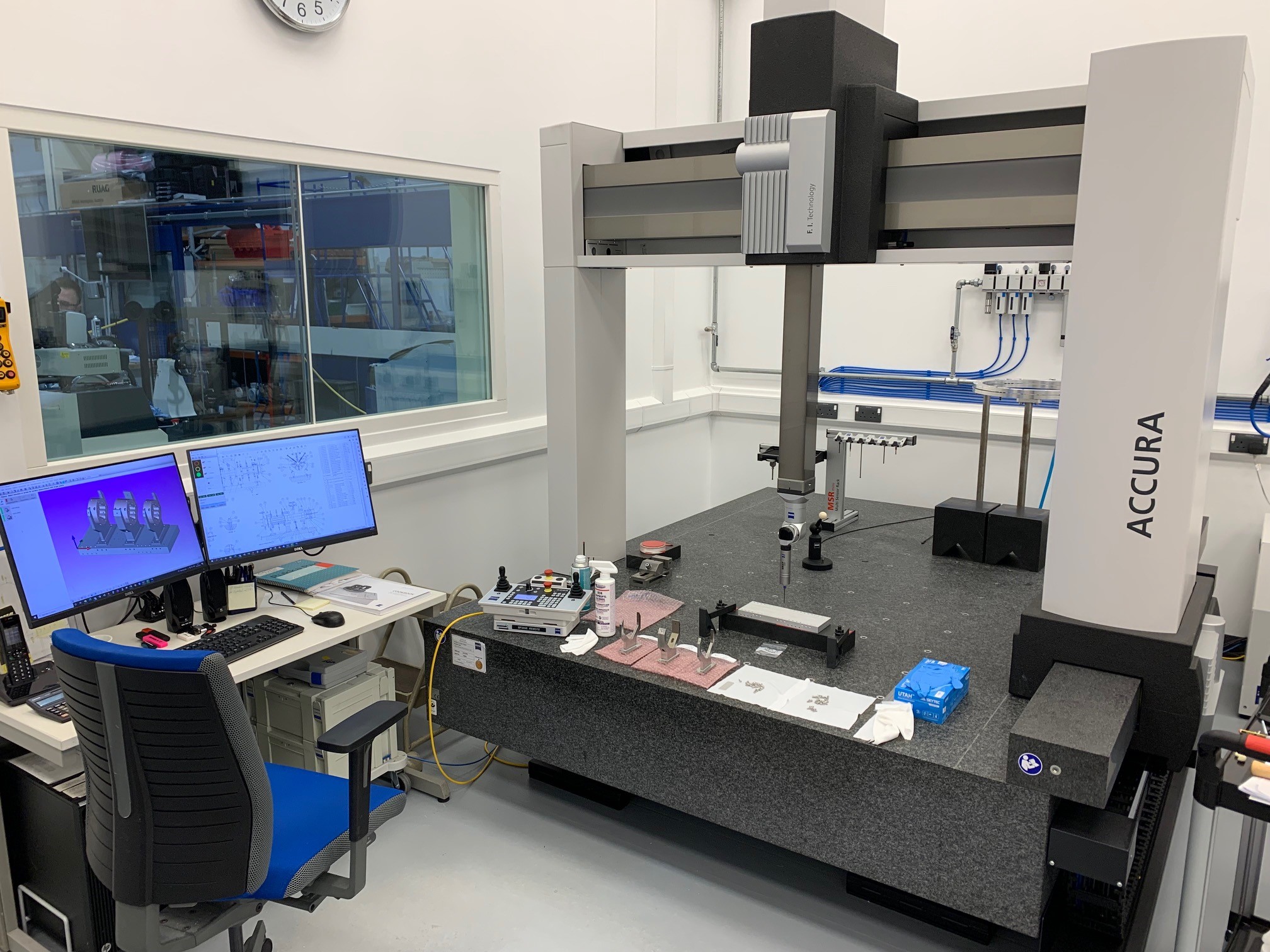Particle accelerators were developed to study the fundamental nature of matter, but are now used across a wide range of applications. This includes the broad range of research we see at ISIS neutron source and Diamond Light Source, but also in other applications such as medicine.
To develop new particle accelerators for the future, it's important to understand the behaviour of the particles while they are being accelerated. This involves trying to know what hundred of billions of charged particles are doing inside a rapidly changing magnetic and electric system, all controlled to a tenth of the diameter of a human hair, while preventing any escaping particles that could damage the accelerator or cause high levels of radiation.
One method to determine what is happening inside an accelerator and try out new designs is to use computational modelling. However, with the number of components and possible configurations so large, the simulations take a long time to run and can introduce errors that are difficult to distinguish from real effects.
Dr Suzie Sheehy and PhD student Jake Flowerdew from the University of Oxford have been working with ISIS physicist David Kelliher on another way to approach the problem. They have built an experiment, primarily funded by The Royal Society, that replicates the behaviour of a particle beam in the laboratory.
The Intense Beams Experiment (IBEX) is a table-top sized 'Paul trap' that uses very similar physics to an accelerator but traps a bunch of Argon ions rather than a beam of protons. Instead of studying the beam as it travels, the team can adjust the electric fields controlling the bunch and measure the effects: it's as if they're travelling around the accelerator with the ions.
IBEX was built in 2016 and, with the support of staff from across ISIS, has been successfully used by the group to study the argon ions in quadrupolar fields. This year, they have been upgrading the experiment to allow for octupole and sextupole fields to be created, meaning they can study even more complex accelerator conditions.
The group approached Ross Turnley from the ISIS design division, who then put together a design for IBEX-2. This was then made a reality by Dave Wilsher from the Manufacturing Facilities Group in Technology, using the equipment in their Dimensional Metrology Facility.


The upgrade to this Paul Trap also aimed to improve on the accuracy of position and form of the electrodes from within 20 μm to within 10 μm. This was achieved in nearly all types of measurements of this tolerance through a culmination of intricate design, expert manufacturing sourced by the Outside Manufacture Team (OM) in Technology, and precision assembly – including thorough inspection to assess these results.
The new components have been assembled and have trapped their first ions. With this new upgraded experiment, the team hope to understand more about the behaviour of how particles behave inside an accelerator, using the knowledge to inform the design of ISIS-II and other high intensity machines.
